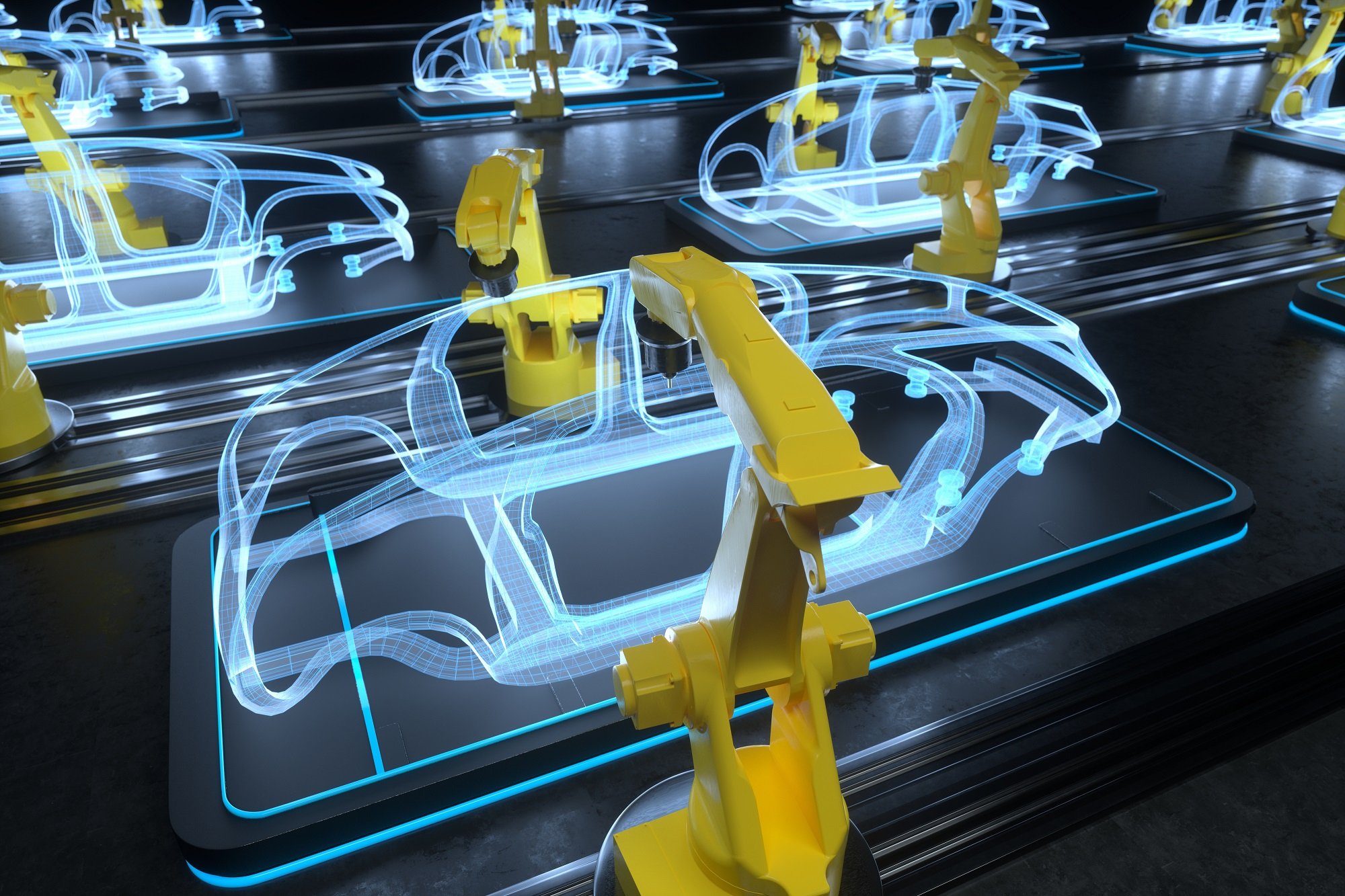
Arm has unveiled new computing solutions designed for improving autonomy in IoT and automotive settings.
Arm has announced a suite of new IP including the Arm Cortex-A78AE CPU, Mali-G78AE GPU, and Mali-C71AE ISP. Each will work in tandem with supporting software and tools to enhance the autonomous workload capabilities of silicon providers and OEMs.
Chet Babla, VP of Automotive and IoT at Arm, said:
“Autonomy has the potential to improve every aspect of our lives, but only if built on a safe and secure computing foundation.
As autonomous decision-making becomes more pervasive, Arm has designed a unique suite of technology that prioritizes safety while delivering highly scalable, power-efficient compute to enable autonomous decision-making across new automotive and industrial opportunities.”
The highlight is the Cortex-A78AE, which is now Arm’s highest-performance CPU.
Compared to its predecessor, the Cortex-A78AE claims to offer a 30 percent boost in performance and can support complex workloads for autonomous applications such as mobile robotics and driverless vehicles.
Due to its design to support autonomous transportation, the Cortex-A78AE supports automotive standard ISO 26262. For industrial safety, it also supports the IEC 61508 standard.
“Powerful new processing capabilities are needed to enable future autonomous vehicles and machines,” says Gary Hicok, senior vice president of hardware development at NVIDIA. “As a lead partner for the new Arm Cortex-A78AE, NVIDIA delivers the advanced performance and safety these edge AI systems require with our next-generation NVIDIA Orin SoC.”
Next up is Arm’s new GPU, the Mali-G78AE.
The Mali-G78AE is the latest in the line of the world’s most popular GPU. Rather than focusing on increased computer performance, the new Mali is “Arm’s first GPU to be designed for safety”.
Flexible partitioning allows for up to four independent partitions to separate workloads for safety use-cases. GPU resources can also now be utilised for safety-enabled human-machine interfaces or for the heterogeneous compute needed in autonomous systems.
Arm provides the example of a connected vehicle with an infotainment system, instrument cluster with ASIL B requirements, and a driver monitoring system. These systems can now all run at the same time with hardware separation for safety.
“The requirements for higher level of driver automation, electrification and immersive in-vehicle experiences are continually growing, and scalable, heterogenous, safe compute is critical in order to meet the requirements of future vehicle electronics systems,” comments Alexander Hitzinger, senior vice president for autonomous driving at Volkswagen.
“Innovation such as Arm’s new technologies and the extensive ecosystem that supports it will help to accelerate the deployment of next-generation vehicles.”
Last but not least for Arm’s hardware announcements is the Mali-C71AE.
The Mali-C71AE provides increased support for computer vision-based applications in automotive and industrial settings. Mali-C71AE can achieve ASIL B / SIL2 safety capability and supports four real-time cameras – or up to 16 buffered cameras – with a total throughput of 1.2 gigapixels per second.
“The future of smart manufacturing requires innovative automation solutions with compute capabilities that support the safe, flexible and seamless operation of factories,” says Michael Wagner, director, Competence Center Control Technology at KUKA.
“The Arm architecture is already powering some of our key industrial solutions, and we see Arm’s new technologies as a positive step towards enabling the safety and further development of robotics needed for industrial operations to move closer to true autonomy.”
While the biggest Arm news of the month was its $40 billion acquisition by Nvidia, it’s clear by these announcements the Cambridge-based tech giant isn’t resting on its laurels.
Editor’s note: The original version of this article gave an incorrect valuation to the Arm acquisition by Nvidia. This has since been corrected.
Interested in hearing industry leaders discuss subjects like this? Attend the co-located 5G Expo, IoT Tech Expo, Blockchain Expo, AI & Big Data Expo, and Cyber Security & Cloud Expo World Series with upcoming events in Silicon Valley, London, and Amsterdam.







Hello there, very interesting article..!!
Great Post! I firmly believe that IoT is at the epic centre of the Digital Transformation Revolution. IoT will help provide a lot of business solutions sustainably. Also, fishermen and farmers will be empowered using IoT Solutions that will steadily increase the economic conditions of countries such as India, where Agriculture is the primary source of livelihood for around 58% of the population. Keep up the Good Work!